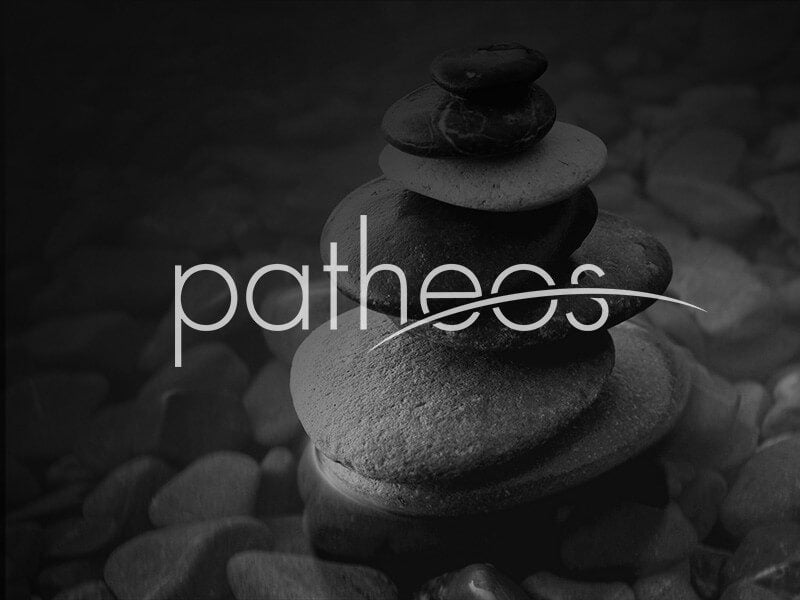Madden examines the Jewish War (66-70 AD) in some detail, using it as an illustration of the difficulty of controlling religiously motivated terrorism, and he interestingly points out that Diaspora Jews not only celebrated the exploits of Palestinian guerillas but also initiated conflicts in their own cities:
“As news of the violence in Jerusalem spread [in 66], the killing was mirrored across the region and then the empire . . . . Diaspora Jews sympathized with their coreligionists, but few would condone this sort of slaughter. And yet, in some places in the Middle East, Jews celebrated the massacre of Romans. Several cities with large Jewish populations saw open warfare between them and their Gentile neighbors . . . .
“In places like Alexandria, Caesarea Maritima, Caesarea Philippi, Tyre, and Ascalon, the Jews had the worst of it, with many thousands killed. In other places like Sebaste, Gaza, Anthedon, Gaba, and the Decapolis it was the Jews who won out, massacring the Gentiles.” After six thousand Romans were killed in Caesarea Maritima, the citizens of Damascus “poured into the streets killing Jews wherever they could find them.”
This is of interest partly because of the light it sheds on the New Testament. Paul and the other apostles writeto Christian communities scattered about the Mediterranean about a coming day of retribution. On a preterist reading of the NT, these are likely references to the Jewish War and AD 70. But why would Christians in Corinth or Rome care? Madden’s information clarifies this: As in the book of Esther, the conflict of “true Jews” and the “Agagites” is not confined to a single region or city but spreads throughout the empire.











